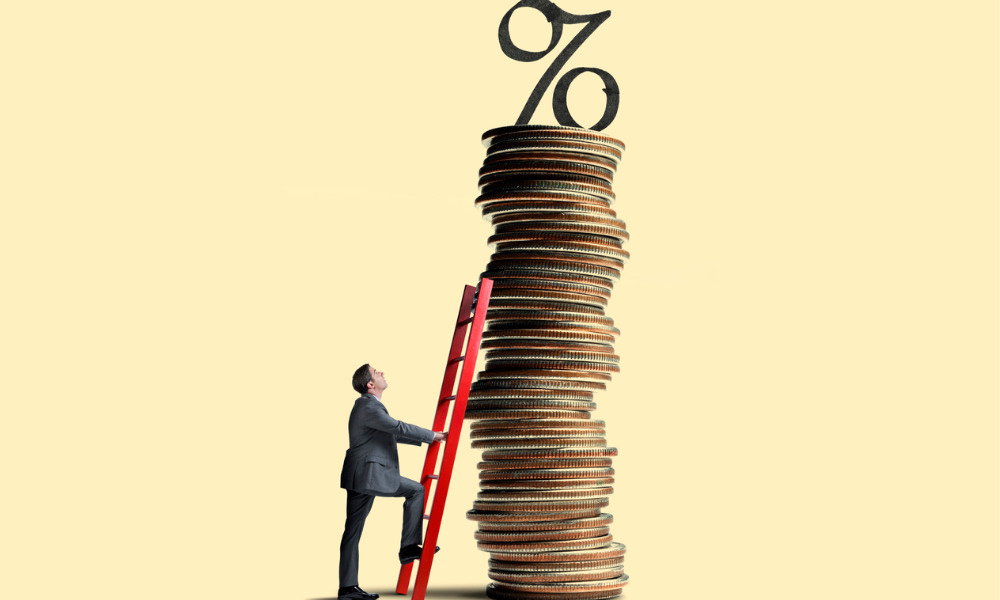The majority also expect the OCR to reach 2.5% or higher by the end of September

The Reserve Bank of New Zealand will lift its policy interest rate on May 25 by half a percentage point to combat soaring inflation, making a hike that magnitude for the first time at successive meetings, a Reuters poll predicts.
Last month’s 50-basis-point hike was the biggest cash rate increase over two decades, and the central bank signalled that more hikes were required to bring inflation under control after it hit a three-decade high last quarter.
In the May 13-19 Reuters poll, all but one of 21 economists forecasted that RBNZ would once again hike the OCR by 50 basis points to 2% at the meeting on Wednesday, with that one economist predicting a 25-basis-point hike.
If the prediction becomes reality, it would be the first time that RBNZ has raised the rate by half a percentage point at two consecutive policy meetings since the OCR’s introduction in March 1999.
With inflation and supply chain disruptions not likely to ease anytime soon, RBNZ has been predicted to stay on its hawkish course to curb price pressures and at the same time avoid tipping the economy into recession.
“There seems little doubt that unless something dramatic comes out of left field, the RBNZ will deliver another 50 basis point hike next week,” Sharon Zollner, chief economist at ANZ, told Reuters. “Beyond that, the path is murkier. We continue to expect the RBNZ to switch to the more usual pace of 25-basis-point hikes from July onward as evidence mounts that demand is cooling.”
The Reuters poll also found that 18 of 21 of the economists now expect the OCR to reach 2.5% or higher by the end of September, rather than by the end of the year as predicted in the previous survey.
The latest survey forecasted a 3% rate by the end of this year, which would still leave it below where it was in 2014 after the RBNZ last delivered four consecutive quarter-point rate hikes.
“I expect to see the cash rate hit 3% by year-end... inflation expectations running well above the targeted 2% is a threat to the RBNZ's credibility as an inflation-fighting central bank,” Jarrod Kerr, chief economist at Kiwibank, told Reuters. “Any further push higher in expectations will only fuel the RBNZ's resolve to tighten aggressively.”
RBNZ has been swift in rolling back stimulus, as policymakers tried to control an inflated housing market and surging price pressures. House prices have started to decline as mortgage rates rise.
Read next: OCR hike will see average mortgage holder pay an extra $825 a year – RBNZ
A significant drop in property prices, however, could dent household wealth and lead to slower consumer spending, which in turn, could result in slower economic growth and rising unemployment, Reuters said.
With that growing concern, 11 of 18 respondents predicted the OCR to either remain at 3% or be lower by the end of next year. The remaining seven forecasted it to climb to 3.25% or higher by then.
“The RBNZ's strategy appears to be to get the foot off the accelerator rapidly and then tread more cautiously on the brake,” Zollner told Reuters. “Downside risks are real, but there's an inflationary war going on, and COVID doesn't care about monetary policy settings either. If the balance of developments suggests more upside risk to inflation overall, another 50-basis-points hike in July would absolutely be game on.”



